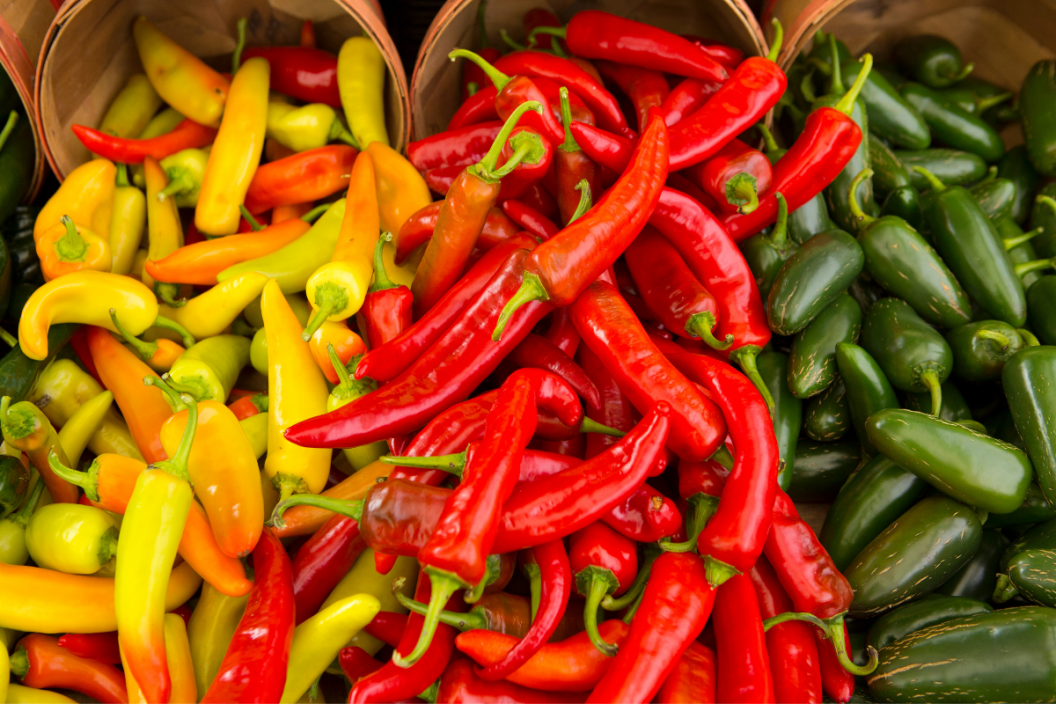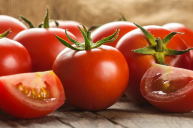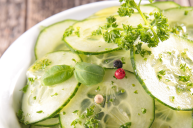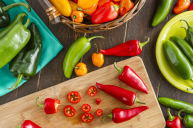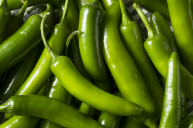Bell peppers, jalapeños, chili peppers and sweet peppers all have one thing in common; they're all members of the pepper family. Peppers vary a lot in their spice levels, while some are mild and sweet and others make hot sauce a deadly weapon. Capsaicin is the ingredient found in hot peppers that gives them their spice. Not all capsaicin levels are equal. A red pepper has no capsaicin, making it mild and sweet in flavor. The humble red pepper actually contains vitamin C and vitamin A, making it a great nutritious choice, even without the spicy after effect. Even if you're a zucchini fan, you can guarantee that these summer cultivars are a healthy snack, but how are these summer crops classified?
If you've ever wondered, "Are peppers fruits?" you may be surprised at the answer. Depending on who you ask, a nutritionist using the culinary definition, or a botanist using the botanical definition, you'll get a different answer. To complicate the answer, peppers are technically both fruits and vegetables. We break down the differences and why they fit into two categories.
Are Peppers Fruit?
Botanically speaking, peppers are fruits. The definition of a botanical fruit is, "A seed-bearing product that grows from the ovary of a flowering plant." Peppers are considered fruits because they have tiny seeds and grow from the flower of the pepper plant.
It's helpful for botanists to use this definition to discover the origins of peppers or identify different types of peppers. Other common botanical fruit that many consider vegetables are green beans and okra. Even though it's botanically correct, you probably won't find any peppers in your watermelon fruit salad, or at least one would hope.
Are Peppers Vegetables?
If you look at the culinary definition, and frankly, the most common definition, culinary vegetables are defined based on how plants are used and their flavor profiles. Based on this definition, peppers are veggies. Vegetables in this definition usually require cooking because of tougher textures. You would find vegetables in things like curries, stir-fries, and soups.
The Supreme Court ruled in the 1800s that peppers are considered a vegetable. They decided this because peppers are eaten with a meal and not as a dessert. The court ruled on this for tax purposes. At the time, imported vegetables were taxed, but not fruits. This law forced those bringing in vegetables to pay up.
To add to the confusion, peppers in India, Australia, and New Zealand are referred to as capsicum. Capsicum is part of the nightshade family and is native to South America. Large capsicum is what we in America call bell peppers.
